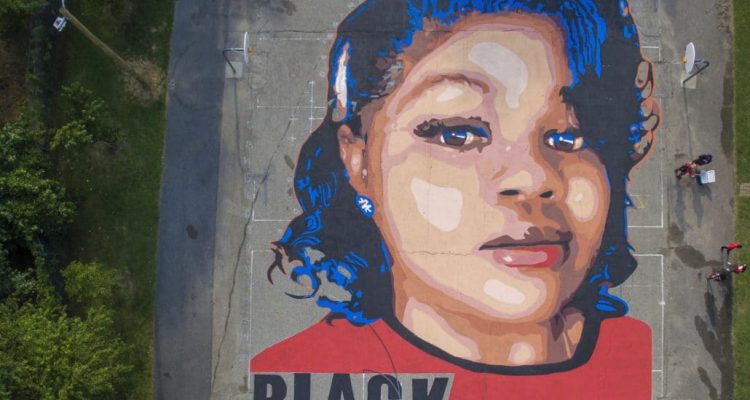After the tragic shooting of Breonna Taylor back in May, Fairfield University has been making efforts to discuss race and racial tensions on campus and beyond. On Oct. 20, the Community Advocate and Relationship Educators (CARE) Team and the Office of Student Diversity and Multicultural Affairs (SDMA) held an event entitled, “Breonna Taylor—Justice or No Justice?” The event was an open forum for students to discuss their thoughts on the case.
Pejay Lucky, the director of SDMA, described the event as a “civil reflection,” stating, “we hope to facilitate a conversation to help us learn from each other.”
The virtual event opened with a dialogue in small breakout groups about the meaning of justice and the consequences of punishment for things people didn’t actually do.
Students were then invited to look at a picture of Brett Hankinson, the officer who began firing the shots that led to Taylor’s death, and compare it to an image of Taylor. Some students noticed that the images portrayed by mass media of Hankinson often paint him in a positive light as an upstanding member of society, where images of Taylor show her mostly in murals and works of art used by the Black Lives Matter movement, which may not seem as accessible or relatable to some of the American public. The students discussed how this can lead to different perceptions of the involved parties.
The CARE Team explained Taylor’s case and opened the floor to students to discuss whether or not justice was truly served.
In March, Breonna Taylor, an emergency room technician from Louisville, KY, was shot in her home by police who broke in due to an ongoing drug investigation. Taylor’s boyfriend fired one warning shot, and officers fired 32 shots in return. Taylor was hit six times and was killed.
In June, the Louisville Metro Police Department fired Hankinson for firing shots blindly through Taylor’s screen door. However, through several hearings, none of the officers involved in the fatal shooting were charged with Taylor’s death.
“I don’t think justice was served whatsoever,” said Sean Bellamy ‘24, who participated in the dialogue. “We’re tired of seeing this time and time again.”
Nick Rejebian, one of Fairfield’s admission counselors, agreed with Bellamy’s statement.
“It’s hard to wrestle with the fact that someone has authority over someone’s life,” he said. “Breonna was saving lives [as an ER technician] and the officer wasn’t. The victims of police brutality can’t be people we just forget.”
Overall, students seemed to gain a lot from the event and found the discussion helpful to facilitate a dialogue between students and staff.
“I thought the event as a whole was very good. It had a lot of discourse over issues that are very prevalent in our society at the moment,” said Bellamy. “While Zoom meetings may not be preferable, they still work as a good tool to come together and meet with one another.”
Bellamy believes that the only problem with the event was that it featured many people with similar viewpoints. “My only real gripe with the event is that everyone shared a lot of the same opinions, so there wasn’t much chance to hear the thoughts of people with conflicting viewpoints, but maybe that’s just me,” he said.
Overall, discussions like these are important to the campus community. In June, Fairfield’s president Mark Nemec, Ph.D., released a statement about the death of George Floyd and the ensuing Black Lives Matter protests.
“It is in this context that I believe our unique role as a civic institution, and as an instrument of understanding and healing, comes into relief,” he said. “At Fairfield, we have to encourage open, critical dialogue, while sharing the respect for each citizen’s rights that are the essence of a democratic society.”


Leave a Reply